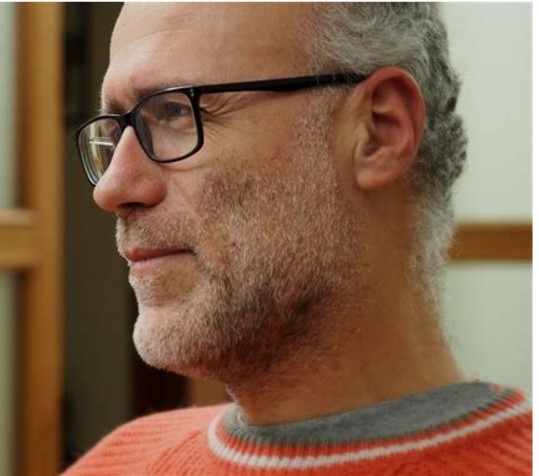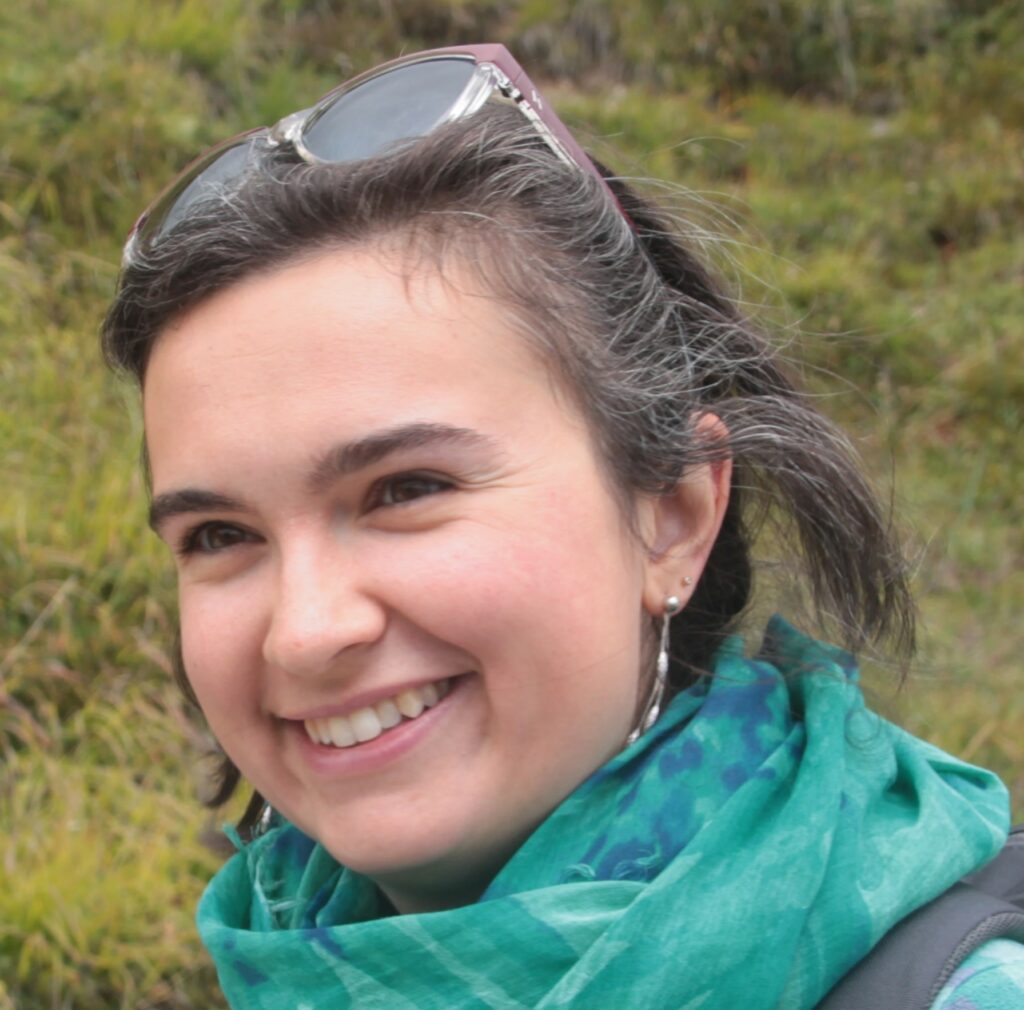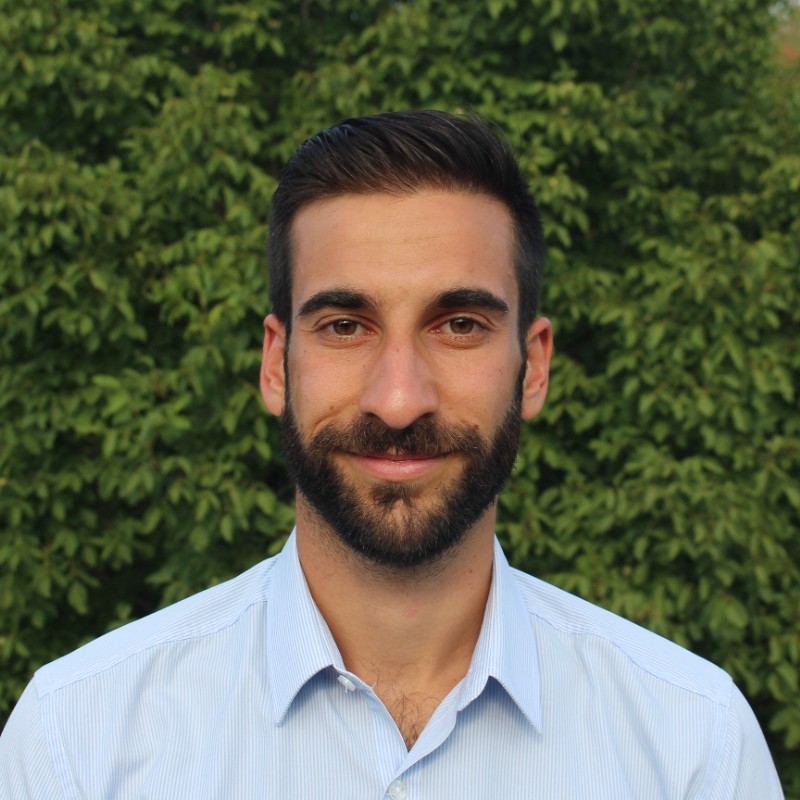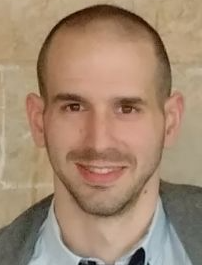Colleagues working on the project
Stefano Severi is Assistant Professor of Biomedical Engineering at the Department of Electronics, Computer Science and Systems of the University of Bologna, Italy. He received his Laurea degree in Electronic Engineering in July 1993 and his PhD in Bioengineering in May 1998, both from the University of Bologna. He has written over 200 papers, 80 of which published in peer reviewed international journals with Impact Factor. Since 1996, he has participated to 13 extramural grants with investigators from other institutions and has been PI in 18 research contracts with 9 biomedical companies. In particular, he has been PI of “EureCa – Effects of uremia on cardiac activity: in vivo, in vitro and in silico analysis” (Italian Ministry of University and Research) involving 3 research groups; Responsible for a Task in “CHIRON – Cyclic and person-centric Health management: Integrated appRoach for hOme, mobile and clinical eNvironments” (ARTEMIS JOINT UNDERTAKING, GA 2009-1-100228); PI in “Patient-specific computational modeling of the atrium under pathological conditions: understanding arrhythmogenesis in dialysis and atrial fibrillation for improved prevention and therapy” (MIUR-DAAD Joint Mobility Program). He serves as a reviewer for several peer-reviewed international journals and for the Italian Ministry of Research.
Chiara Bartolucci is a junior assistant professor in Biomedical Engineering at the Department of Electrical, Electronic and Information Engineering “Guglielmo Marconi” – DEI – of the University of Bologna, Italy. She obtained the PhD title in Biomedical Engineering on May 2015. She received her Laurea degree in Mathematics in September 2011, curriculum of application, at the Department of Mathematics of the University of Bologna, Italy. Her research focuses on cardiac electrophysiology, with particular expertise in dynamic clamp techniques and the modeling of cardiac action potentials. She investigates the mechanisms underlying arrhythmias and explores inter- and intra-subject variability in cardiac modeling and simulations. Her work also contributes to advancing in silico drug testing approaches, supporting safer and more personalized cardiac therapies.
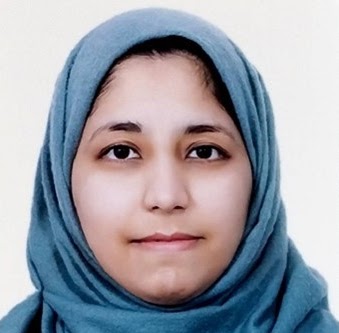
Fazeelat Mazhar
PhD
Fazeelat is a post-doctoral scholar and remained involved in the SMASH-HCM project for one year. Within the project she was working on the simulation of mutation specific hypertrophic cardiomyopathy cell models to understand their pro-arrhythmic effects. She did her PhD in Biomedical Engineering from Alma Mater Studiorum University of Bologna, Cesena Campus. During her PhD, she investigated the bidirectional coupling of human atrial electro-mechanical models and its role under atrial fibrillation.
Eugenio Ricci is a junior assistant professor at University of Bologna. He received his PhD in the Biomedical, Electrical and System engineering course in July 2024, with a project focusing on the study of cardiac pacemaking mechanisms with mathematical models, but his research interests span all computational cardiology and ECG signal analysis. Within the SMASH-HCM project, he is dedicated to use mathematical models to investigate arrhythmic mechanisms of HCM mutations.
Alan Fabbri is a post-doctoral research fellow at the University of Bologna. His expertise in cardiology is based on computational modelling and experimental electrophysiology: he achieved a PhD in Biomedical, Electrical and System Engineering in 2018, where he computationally described the mechanisms of pacemaking in human sinoatrial cells. From 2018 to 2020, at the University Medical Center in Utrecht, he combined computational models and biological systems to evaluate if a novel drug is potentially proarrhythmic at the preclinical stage. His contribution in the Smash HCM project focuses on the mathematical description of HCM mutations and their proarrhythmic potential at the single cell scale.
